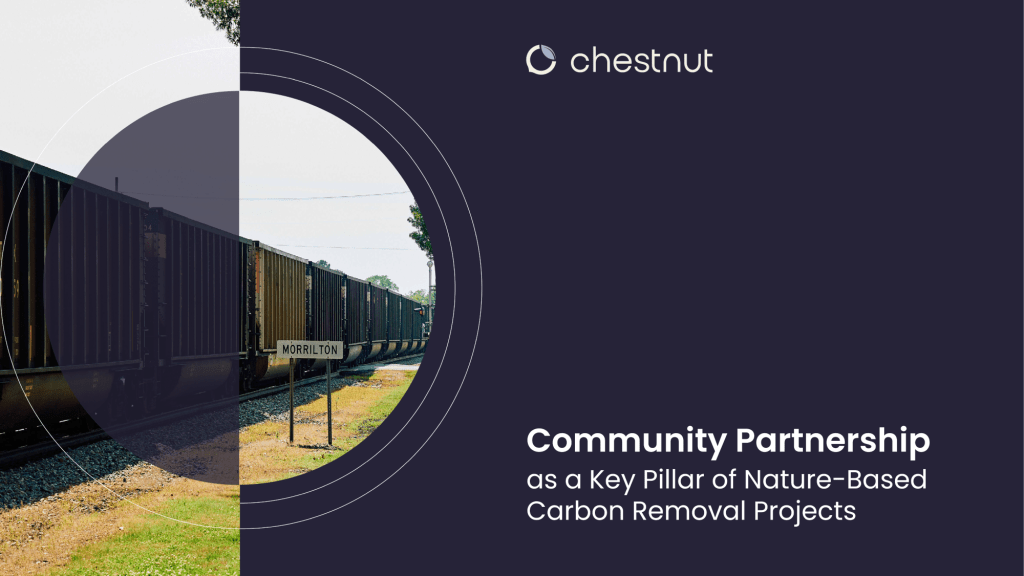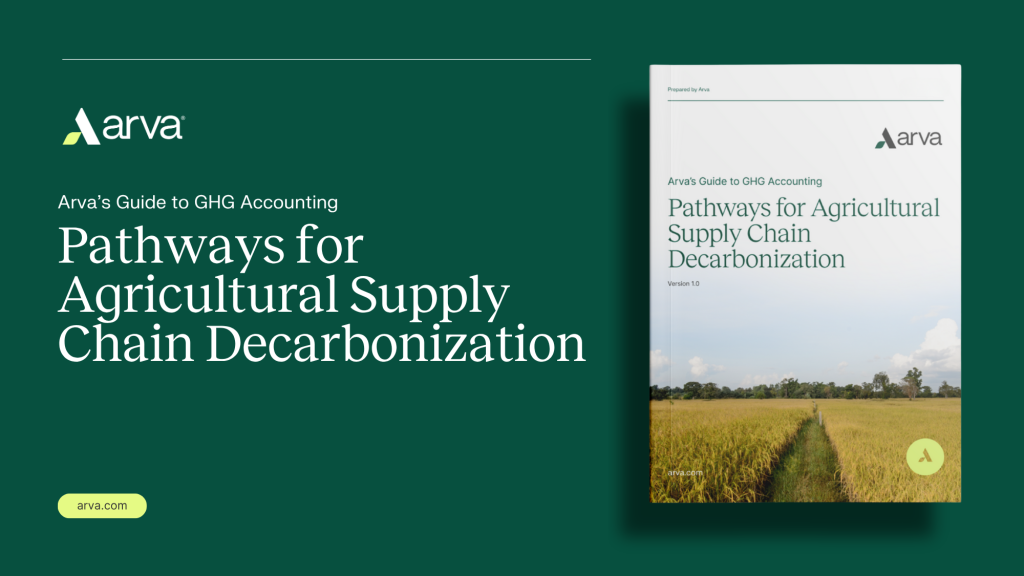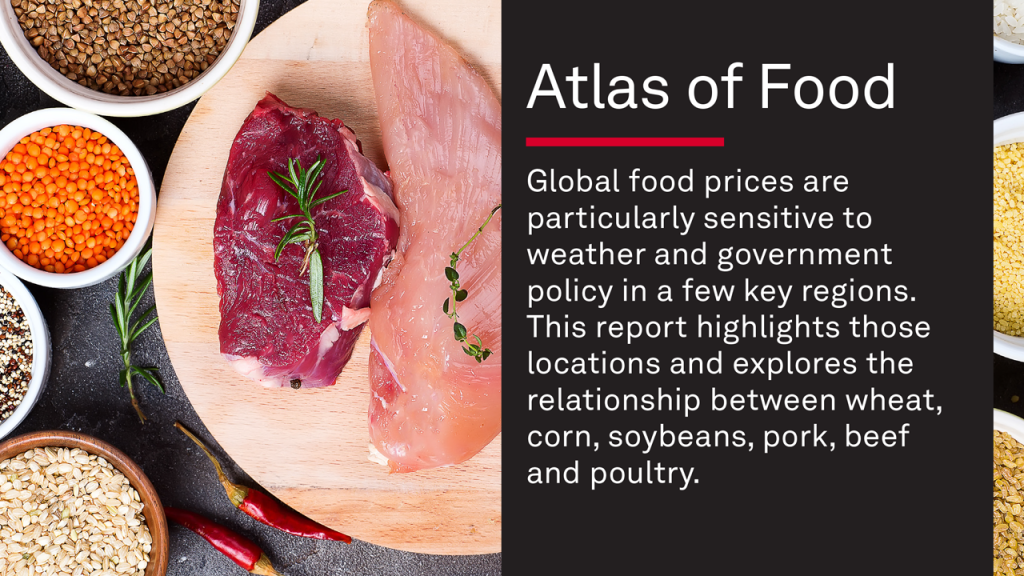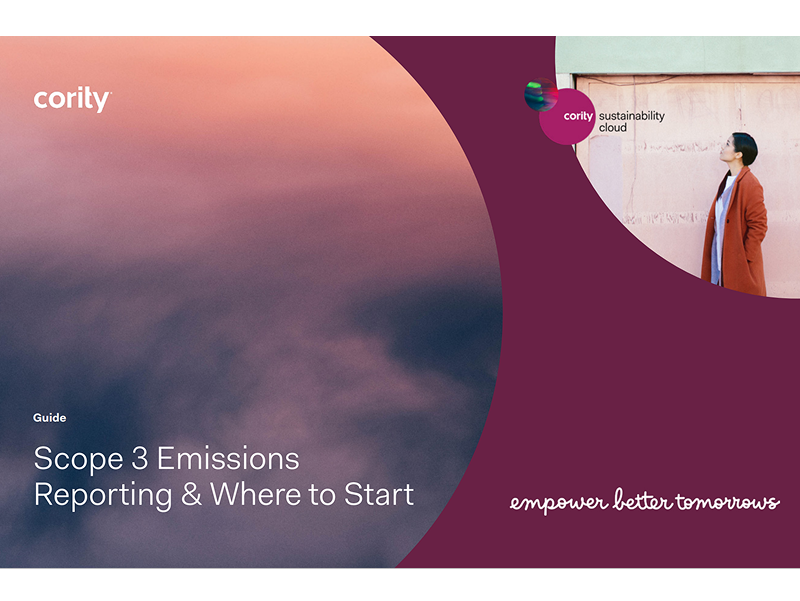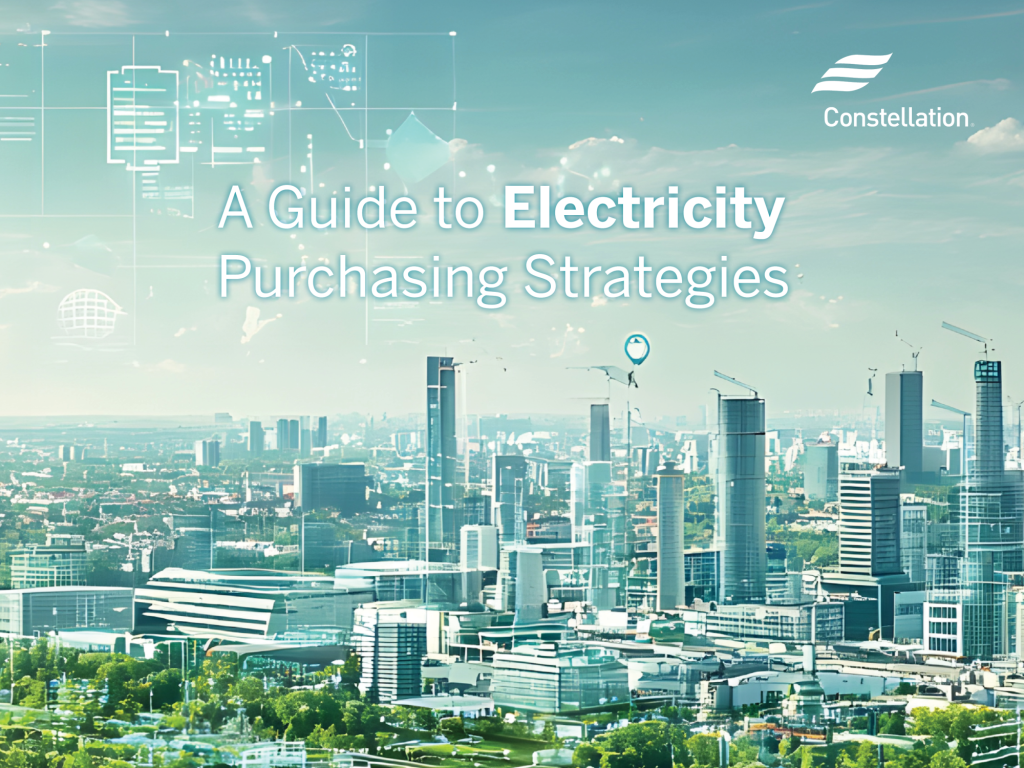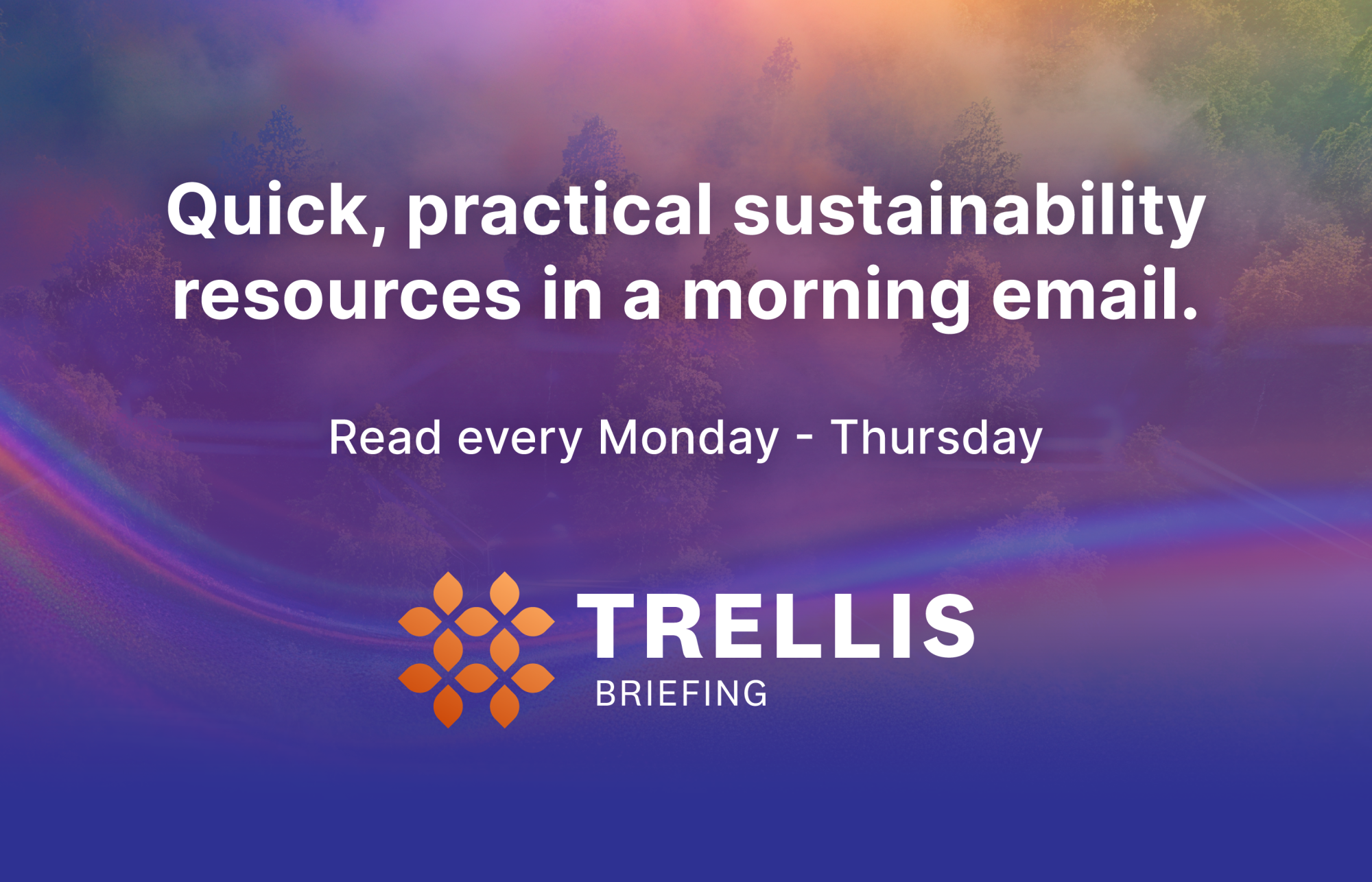Without personal resilience, organizational resilience won’t happen
It's important to maintain broad contextual awareness, but focus on immediate action. Read More
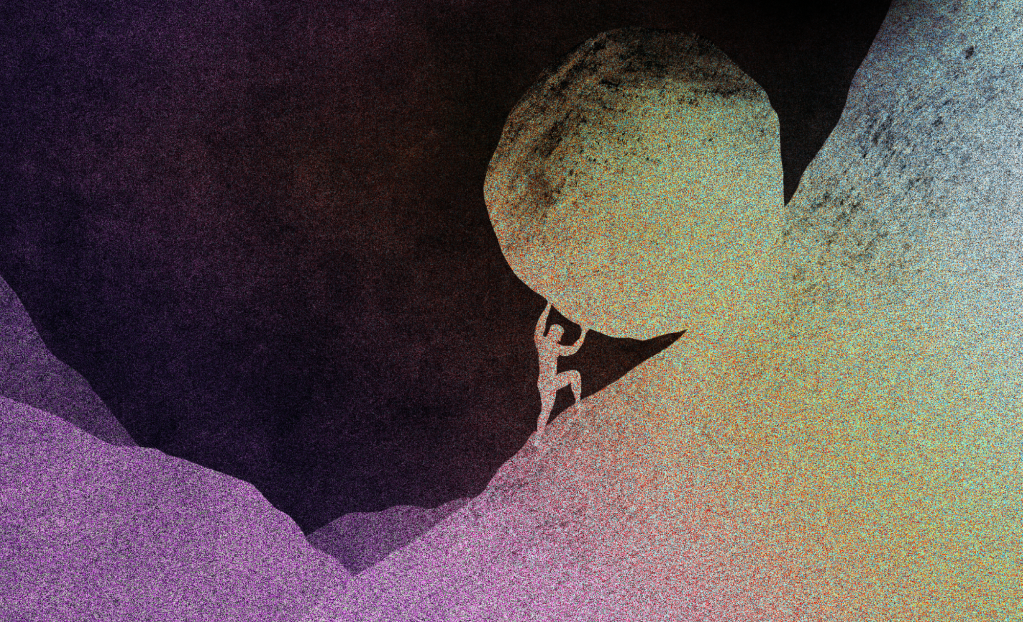
- Sustainability professionals often talk about organizational resilience but forget that a large part of that involves personal resilience.
- To build and maintain personal resilience, professionals can understand what’s in their control, pay attention to their energy levels and maintain broad contextual awareness while also focusing on immediate action.
- They can also develop a list of personal hacks to help them deal with stress and anxiety.
The opinions expressed here by Trellis expert contributors are their own, not those of Trellis.
Resilience has proved to be quite the buzz word this year, whether discussing economic shocks, geopolitical tensions or sustainability, where resilience has become a more neutral and less politicized term.
However, there isn’t much talk of personal resilience. Even though we all know colleagues who’ve quit the profession because the pressures and stress are too much or are on the verge of burnout.
Yet we barely discuss this, choosing to stay focused on organizational resilience. But without personal resilience, the organizational perseverance won’t happen. With that in mind, let me offer some tactics and strategies for maintaining personal resilience as we wind down the year.
Understand what’s in your control
It’s comforting to think we’re sailing through life on a super-yacht, adeptly changing speed when required, smoothly shifting direction, in full control of the consequences of our actions.
But here’s the rub: the super-yacht analogy only works if the waters it’s sailing in are predictable. This sadly, isn’t the world we live in. Instead, the world around is composed of messy interconnected systems that all have their own energy and their own patterns of working. These systems, from the global energy system to the global food system to national health systems are in rapid transition. Which means trying to control what’s happening around us has its limits.
Sure, we can influence what’s happening, but we can’t guarantee outcomes. So the first step to building personal resilience is being more comfortable with having less control than you might think. Think of the super-yacht more like a kayak. Understand what your kayak can and can’t do, and embrace uncertainty and some inevitable turbulence.
Pay attention to your energy reservoir
Once you’ve recognized what’s in your control, it’s time to pay attention to your own battery. Can you spot when it’s getting very low? Do you have strategies to recharge it? A really useful metaphor is a bucket of water where there are three levels: relaxed (a third full), normal (half full) and stressed (completely full with water slopping out over the sides).
At any one point in time, understanding what makes up the clouds dropping rain into your bucket is really helpful. The clouds could be a combination of work pressures, family worries or money worries, but naming them is important. Equally important is understanding what taps are at the bottom of the bucket to let the water out to allow it to drop to a lower level. These taps include taking a break for a walk outside, confiding in a close friend or eating something delicious.
Filling out the blanks for your own stress bucket is a brilliant way to begin to understand your own energy reservoir. And once you’re clear on what it feels like to not be at your optimal state of well-being, you can find ways to feel better.
Develop a list of personal hacks
The final part of building and maintaining personal resilience is having a few resilience hacks. Here are three of my favorites:
Live outside the news. I know this is really obvious, but it can be hard to stop doom scrolling and close the news tab. However, we must because living in the news can be overwhelming, depressing and incredibly stressful. That’s because, back to our kayak, there’s very little we can personally do to directly control it. Living outside of the news, and only dipping in when we have to and feel strong enough, can help us stabilize the kayak and critically focus on what’s in front of us and control the next move of the paddle.
Do things daily-ish. We do love a list. Today I must go to the gym, clear my inbox and read the latest self-improvement book purchased out of some desire to be that better person. But do you have to, really have to, do any of that? Right this moment?
Probably not. Doing things when you feel like doing them, instead of according to a firm schedule, is inexplicably and wonderfully liberating. Sure, you need to ensure there won’t be a small catastrophe as a result of your self-imposed task refusal. Once that’s clear, embrace the moment. It might be incredibly nourishing.
Name it to tame it. Most of us carry anxieties around a majority of the time. Sometimes they don’t get in the way and sometimes they can feel quite paralyzing. In these moments, it can be really helpful to name the anxiety or anxieties. Giving something a name is often a first step to addressing it.
Even better, try visualizing your anxieties and then create a visual of something you find calming. Some days my anxieties can feel like a nest of sharp-toothed rats, gnawing away at my well-being. On these days I visually turn these horrible looking creatures into fluffy rabbits. The anxieties now feel much more manageable, able to be tamed, and if I can’t deal with them all, it’s easier to ask a bunny to hop along with you rather than be chased by a rat.
Maintain a soft eye
This is a martial arts move, where you maintain broad contextual awareness, but are focused on the immediate action. Too much focus on one or the other can be very stressful. Focusing solely on context and trying to solve root causes of the turbulence around you can lead to burnout. Focusing just on the next action and wave of turbulence means there’s less of a chance of steering the broader system.
Back to that kayak. What do you need in yours to sail through these choppy waters? It might be a new map, it might be a new paddle, it could be a tasty snack. But knowing what you need, right now, will help you steer to where you want to go.
And if all else fails, remember the nested nature of the systems we live in. Maintaining your own personal resilience will help maintain the resilience of the other systems you’re part of — your family, your community, your organization. After all, we must put our own oxygen masks on first.

Subscribe to Trellis Briefing
Featured Reports

The Premier Event for Sustainable Business Leaders

